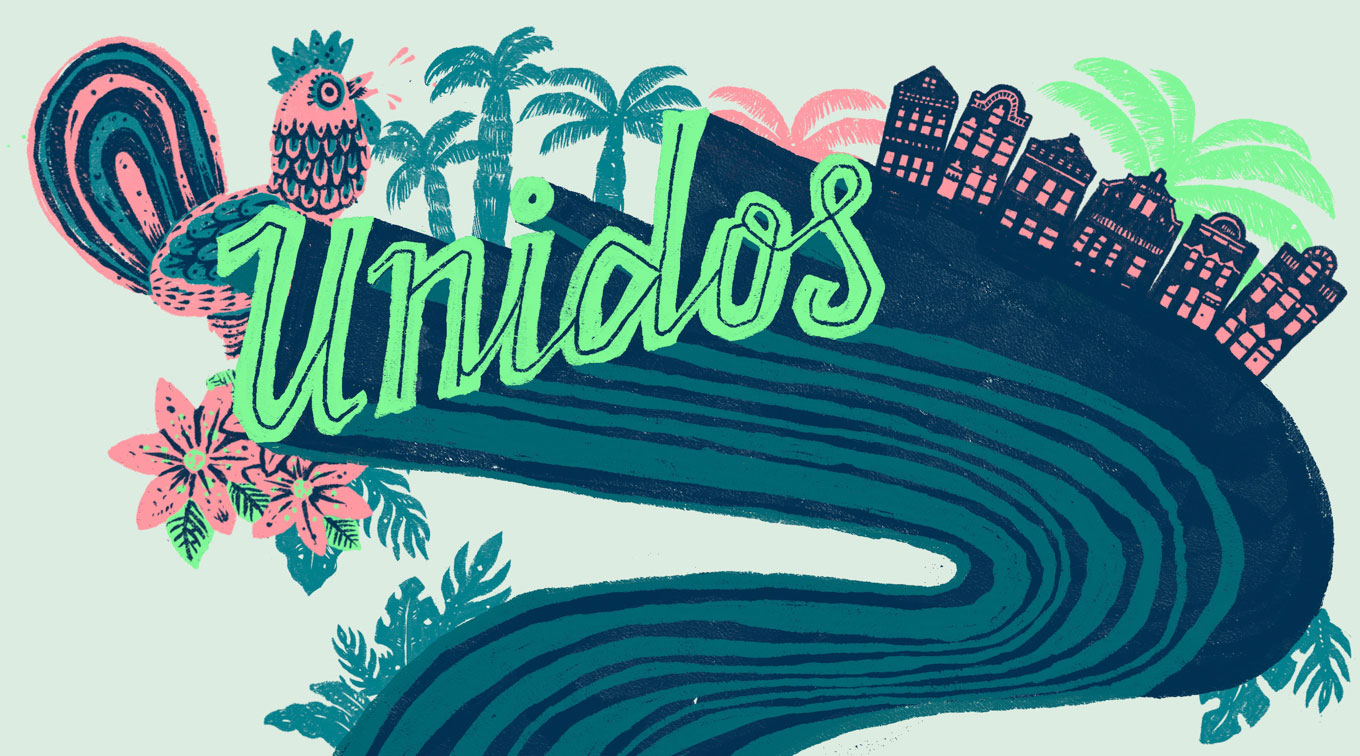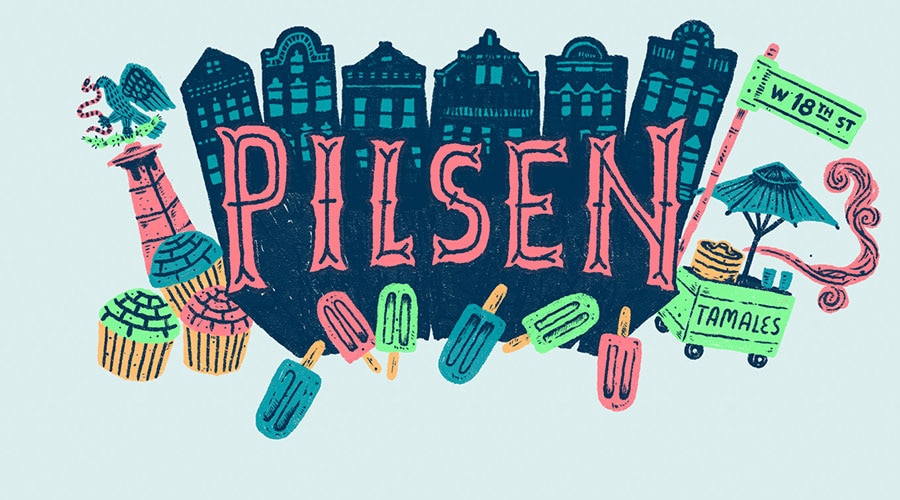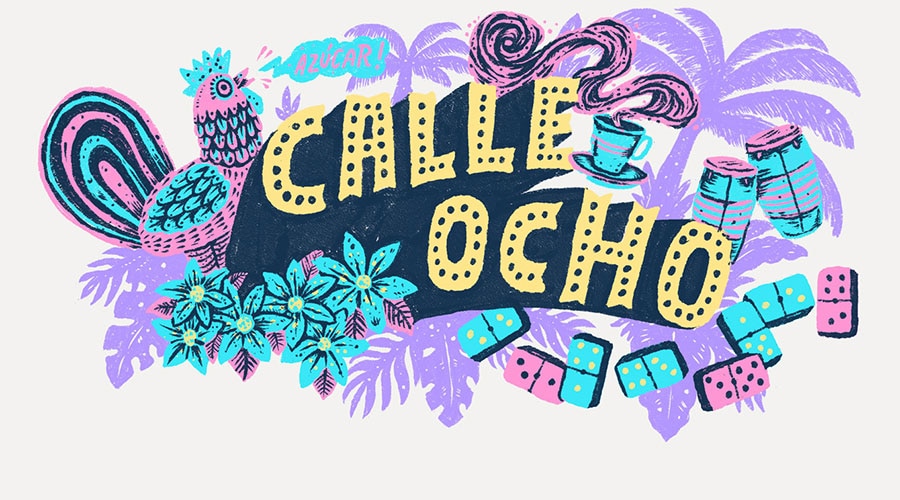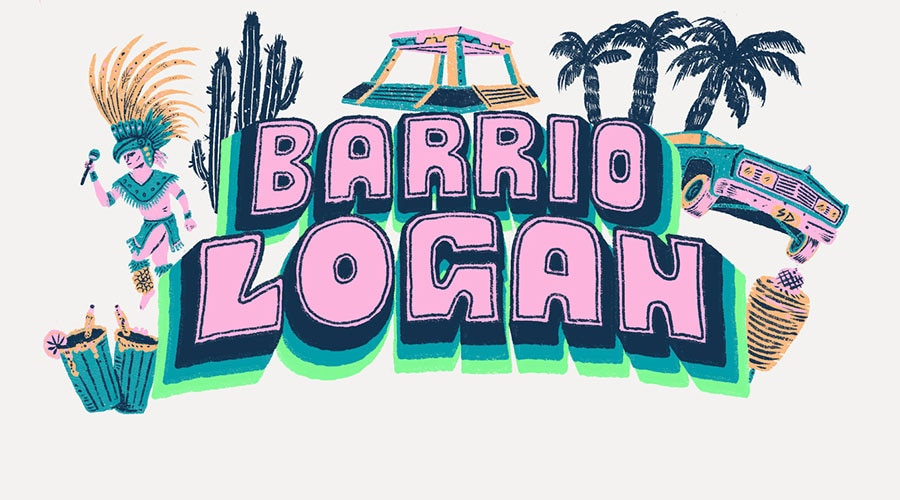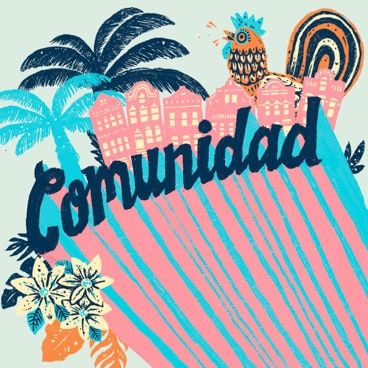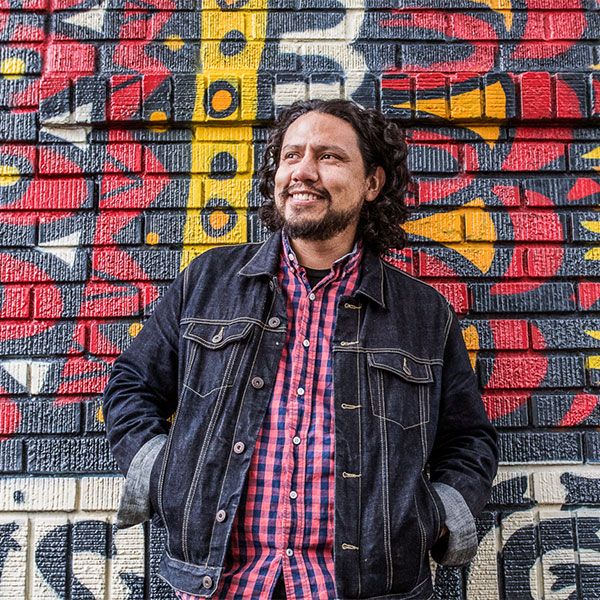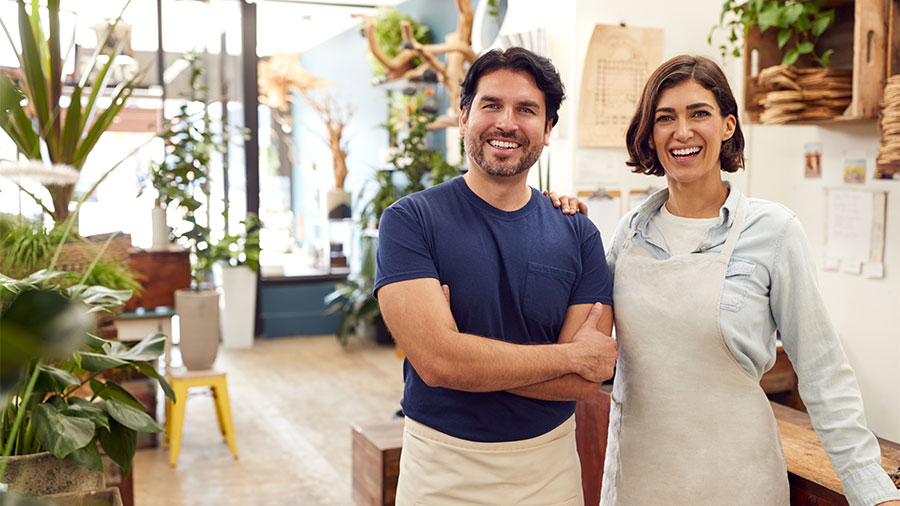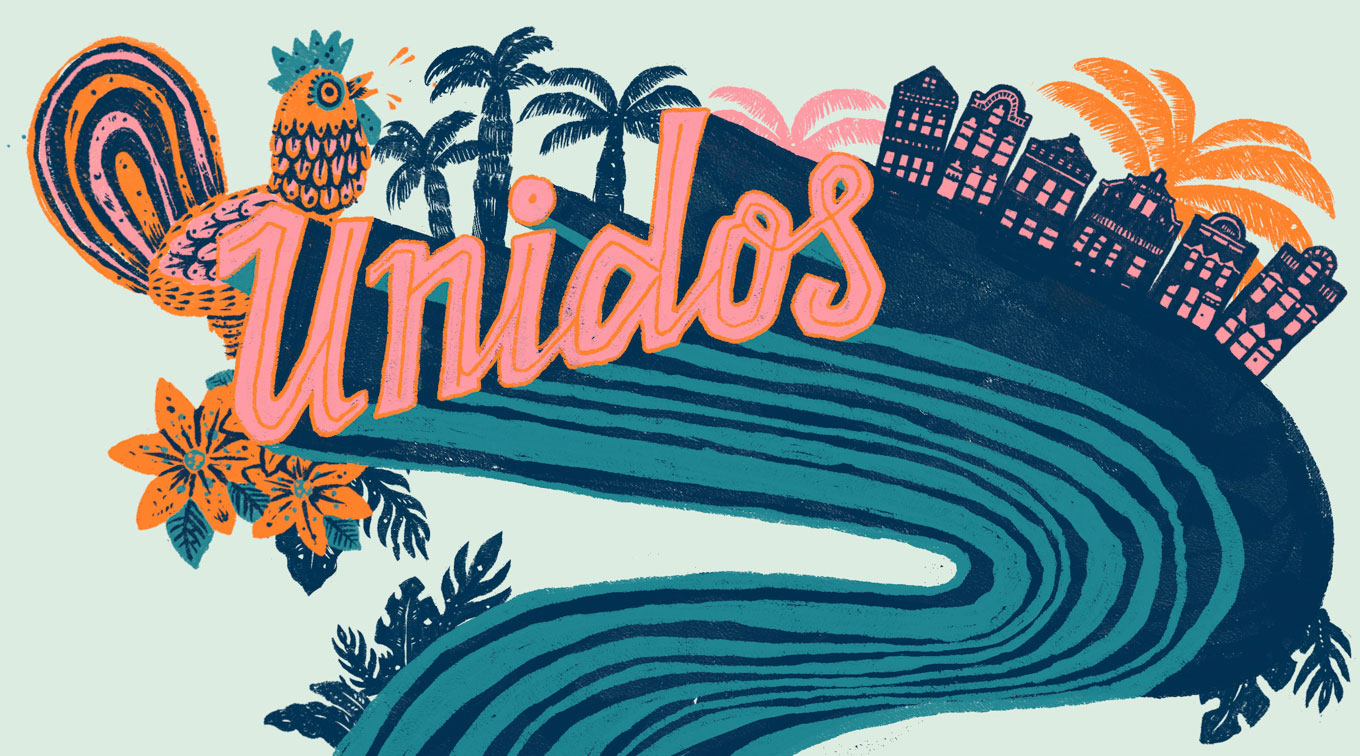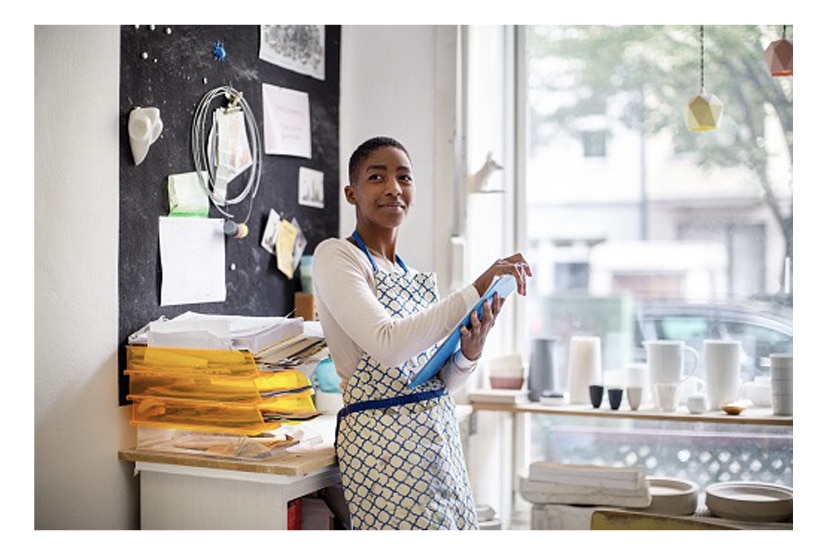This Hispanic Heritage Month, Intuit’s theme of “Unidos we grow'' invites everyone to reflect how an inclusive and supportive small business economy can build stronger communities, even during the hardest times, like the pandemic.
In a QuickBooks survey, 96% of 1,500 respondents reported that they are achieving some of all of their business or financial goals—among that group, 95% say their family contributed to the success of their business, as did the local community. Hispanic and Latino business owners start their businesses, on average, when they are just 26 years old, which is two years earlier than other business owners. Family again played a vital role: Nine out of 10 people surveyed said that someone in their family inspired them to start their small businesses.
In that spirit, join us on a tour of three legendary Latino neighborhoods across the United States to meet and learn more about the entrepreneurs that power their economies, and the community members that lift them up. First: Pilsen in Chicago, IL;, followed by Calle Ocho in Miami, FL; and we’ll end the tour in Barrio Logan, in San Diego, CA.










